Shin splints can slowly creep up on you. What might initially feel like a slight tightness or mild discomfort along the shin can, if ignored, gradually progress into a full-blown injury. Once established, shin splints can be stubborn, often turning into a chronic issue that interferes with your daily life and limits your ability to stay active. Left unaddressed, they can affect not only your athletic pursuits but also your basic daily movements like walking, climbing stairs, or standing for extended periods.
What Are Shin Splints
Medial Tibial Stress Syndrome, commonly known as shin splints, occurs when the muscles, tendons, and bone tissue along the shinbone (tibia) become inflamed due to excessive tension and repetitive stress. Pain is typically felt along the inner part of the lower shin but can also radiate to the front of the leg or just above the ankle. Symptoms are often worse at the beginning of an activity and may linger or intensify afterward.
Athletes who engage in activities that involve repetitive impact—such as running, basketball, or soccer—are particularly prone to developing shin splints. Runners are especially at risk, often due to poor training habits like increasing mileage or intensity too quickly, wearing improper footwear, or running on hard surfaces without adequate recovery.
What Causes Shin Splints
Shin splints can develop for several reasons, and often it’s a combination of factors that lead to injury:
Sudden Increase in Training: Boosting mileage, intensity, or frequency without allowing your body time to adapt can overload the tissues along the shin.
Poor Biomechanics: Flat feet (overpronation), high arches, poor running form, or muscular imbalances in the legs and hips can increase stress on the shinbone.
Improper Footwear: Worn-out or unsupportive shoes can fail to absorb shock, leading to added strain on the legs.
Muscle Weakness and Tightness: Weak core, hips, and lower leg muscles can contribute to instability and overload in the shins.
Identifying the root cause is crucial—not just to treat the injury but to prevent it from coming back.
How To Treat Shin Splints
Early Intervention is Key:
At the first sign of shin pain, it’s important to decrease or modify the activities that aggravate it. Resting or reducing your training load allows the inflammation to subside and prevents the injury from worsening. Applying ice several times a day can also help manage swelling and reduce discomfort.
Involving the Right Rehab Professionals:
A Physiotherapist can assess your gait, biomechanics, and muscle imbalances, helping to correct underlying issues that contributed to the injury. They may use manual therapy, therapeutic exercises, taping techniques, and modalities to relieve pain, promote healing, and improve movement patterns.
A Chiropractor can assist by performing manual adjustments and mobilizations to improve joint alignment and biomechanics, especially if restricted movement in the ankles, hips, or spine is contributing to faulty movement patterns during activity.
A Kinesiologist can build a structured, progressive exercise program aimed at restoring proper muscle balance, increasing strength, and improving flexibility. This helps support proper running mechanics and reduces the risk of recurring injuries.
An Athletic Therapist specializes in active rehabilitation and will work closely with you to recondition the muscles around the shin, improve functional strength, and teach movement strategies that reduce strain on vulnerable areas during your sport or daily activities.
Gradual Return to Activity:
Once symptoms are under control, your rehab team will help you build a gradual return-to-sport plan. This often includes strength training for the hips, core, and lower legs, mobility exercises, and reintroducing running or sport-specific drills in a controlled and progressive manner.
Build Strength and Prevent Recurrence
At COAST, our team of Physiotherapists, Chiropractors, Kinesiologists, and Athletic Therapists work together to not just treat shin splints—but to strengthen your entire kinetic chain. Our goal is to help you build a resilient body that can withstand the demands of your lifestyle and athletic pursuits, keeping you active, healthy, and pain-free for the long term.


